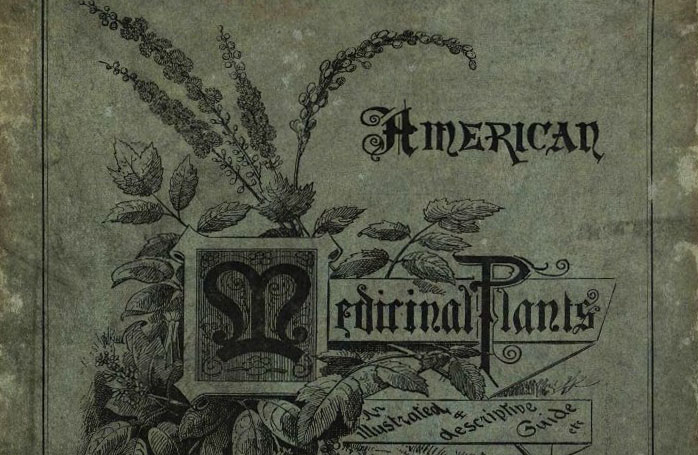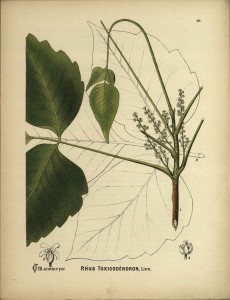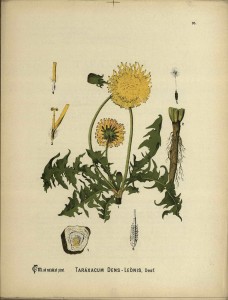Materia Medica


For thousands of years, animals of all kinds have turned to plants as a source for health and well-being, and have handed down their knowledge from generation to generation. For humans, this passing down of plant use has often been by way of oral tradition. Occasionally, however, experts have taken pen to paper and shared their experience with a broader audience via a materia medica, which holds the collected knowledge of the therapeutic properties of substances used for healing. While today this would also include medicines, for early medical practitioners and healers, and for today’s herbalists, a materia medica lists plant materials of all types, their healing properties, their indications, their recommended dosage, and information on the plants themselves.
We have recently added a materia medica to Ohio Memory: American Medicinal Plants: An Illustrated and Descriptive Guide to the American Plants Used as HomÃ…“opathic Remedies by Charles Frederick Millspaugh. Its six volumes feature 180 native plants, each with color illustrations, diagrams, usage recommendations, and anecdotes. It also includes value-added materials such as a glossary, index, and bibliography. The title was released over the course of three years, from 1884 to 1887; at regular intervals, packets which included monographs (documentation on a single plant and its use) on selected plants were sent to subscribers.

American Medicinal Plants contains uses for plants which, in some cases, are entirely unexpected and unimaginable . For example, the author recommends using poison ivy as a treatment for rheumatism and paralysis. He is careful to note that poison ivy can cause severe reactions in certain individuals and cautions users to exercise care when handling the plant, but for those who are allergic to this scourge, seeing it as anything other than a terrible nuisance is fascinating and, yes, a little scary.
It is, in fact, these uses for plants that we see as weeds that makes American Medicinal Plants so very interesting. Millspaugh includes dandelion, clover and plantain – which commonly grow in lawns throughout Ohio – in his materia medica, challenging the modern user to reconsider their purpose. However, it should be noted that we do not recommend American Medicinal Plants to our readers as a source for plant use. We are not experts by any means, either in herbalism or in medicine. Furthermore, American Medicinal Plants is 130 years old, and while its age doesn’t necessarily negate its accuracy, in the years since its publication new information may have come to light which negates Millspaugh’s recommendations.

That being said, American Medicinal Plants is highly entertaining, loaded with lovely artwork, and is a pleasure to thumb through. The first three volumes are currently available through Ohio Memory, and the remaining three will be coming soon. We hope you enjoy this item as much as we do. Just, please, be careful around the poison ivy!
Thank you to Shannon Kupfer, Digital/Tangible Media Cataloger at theState Library of Ohio, for this week’s post!



Leave a Reply
You must be logged in to post a comment.